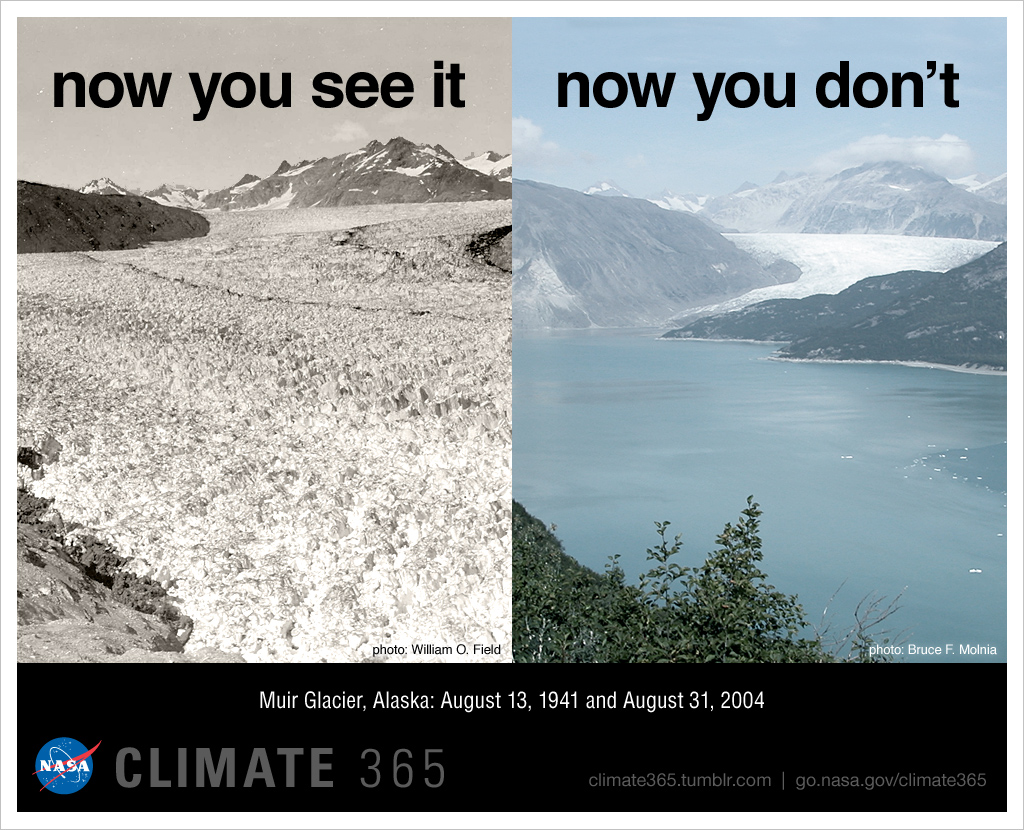Hot Hot Glaciers
Salma Huque, Jonathan Li, and Jackson Luckey
Love snow? Want to learn more about the world’s hottest glaciers? As James Balog says, “Glacial pace is actually an incorrect concept. The glaciers move a lot faster and they react a lot faster than people imagine.”
Stay up to date on the fast-moving world of glacier data with our new R package glacier. With over 130,000 observations, this dataset has the most accurate public information on the worlds glaciers. Each observation represents one glacier over a particular time period. The data has been continuously collected since 1989 by a wide range of non-profit and governmental agencies such as NOAA, the World Glacier Inventory, and UNESCO. As of this writing, glacier’s most recent data is from 2003, but was only implemented in 2012. The dataset includes numeric attributes, like maximum elevation and total area, location attributes, like longitude and latitude, and descriptive attributes, like glacier names and remarks by the person measuring the glacier.
Now if you find yourself asking, “what’s a glacier?”, have no fear! Glaciers are bodies of dense ice that are constantly moving under its own weight (source). They cover approximately 10% of the earth’s surface and store about 69% of the world’s freshwater. Since glaciers are such important stores of freshwater, they’ve become indicators of the extent of global warming and are critical to our understanding of climate change, since sea level rises as they melt. Al Gore’s famous 2006 documentary “An Inconvenient Truth” includes stunning before and after photos of glaciers that have become iconic for the effect that global warming has had on the colder parts of the planet.

Muir Glacier, Alaska, United States 1941 vs. 2004
In addition to being scientifically significant, glaciers have a glamorous life in the news. Just last week, news came of an uncharted island that was discovered under a retreating Antarctic glacier! Glaciers can hide even bigger things–much of North America was obscured by them until approximately 12,000 years ago.
A key part of glacier is the ability to plot the locations of each glacier using their coordinates. These plots can be easily combined with a world map to create geographical displays of glaciers and their characteristics.
Now that we’re talking about maps, you may be wondering which place on Earth has the most glaciers. Canada? Russia? Antarctica? Guess again.

As you can see, more than 34% of the world’s glaciers are actually located in China, with many of them on the Tibetan Plateau.
Since it contains so many of the world’s glaciers, the biggest glaciers must be on the Tibetian Plateau, right? Wrong again. The ten largest glaciers are all found at a much higher latitude, with most (8 out of 10) falling above the Arctic Circle.

Want to learn more about the icier parts of the globe? NASA has published a fantastic Global Ice Viewer with stats and images of the more prominent glaciers and other ice features. The interactive site is great for visualizing all that glacier data you just wrangled! Regardless of whether you’re a scientist, statistician, or glacier enthusiast, the majesty and power of the glacier will leave you stunned. Download the package glacier to learn who the world’s glaciers are, how they’re doing, and how they’ve changed over the years.
p.s. – check out this awesome compilation of glaciers calving into the sea!